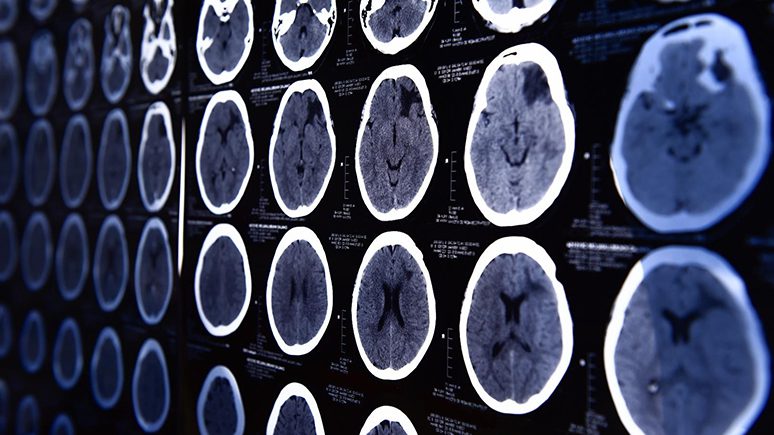MS subtypes are considered important during prognosis and treatment: relapsing-remitting MS (RRMS), primary progressive MS (PPMS), secondary progressive MS (SPMS), progressive relapsing MS (PRMS).
1. What is RRMS?
Relapsing-remitting MS is associated with unpredictable acute attacks followed by remission periods, new or increasing neurologic symptoms. It usually starts in the patient’s 20s or 30s. RRMS is considered the most common subtype with an 87% rate.
Attacks also called relapses or exacerbations, are caused by activated immune cells stimulating lesions in the CNS, resulting in visual impairments, tingling and numbness, episodic bouts of fatigue, intestinal and urinary system disorders, spasticity, and learning and memory difficulties. During remission periods, some symptoms may disappear, however, some may continue and become permanent. During the remission period, there’s typically no disease progression.
2. What is PPMS?
With this type of MS, symptoms gradually worsen. In primary progressive MS, early symptoms are often mild walking problems that progress over time.
After 10 to 20 years, 10-15% of MS patients are diagnosed with PPMS, which largely affects the nerves of the spinal cord and fewer brain lesions. Induced symptoms include difficulties with walking, weakness, stiffness, and troubled balance. Some patients also experience relapses early on in their primary progressive MS, which is called active primary progressive MS, meaning that the immune system is still attacking the myelin in the brain or spinal cord, and causing inflammation. A relapse and new lesions on MRI scans are the signs of this inflammation.
3. What is SPMS?
RRMS usually changes to a different type of MS called secondary progressive multiple sclerosis. If the relapsing-remitting MS has no relapses and remissions, the course of the disease has shifted to secondary progressive MS. The symptoms accumulate and worsen gradually, with no remission periods. Among symptoms are increased weakness, intestinal and urinary system disorders, fatigue, stiffness, mental disorders, and psychological impairment. Sometimes, patients develop secondary progressive MS with relapses, when the attack of the disease is followed by a relapse.
4. What is PRMS?
Progressive relapsing multiple sclerosis (primary progressive MS with active disease) is the least common form, which occurs in approximately 5% of patients. Its course is similar to primary progressive MS, the relapses or attacks happen every so often, but symptoms continue and worsen between relapses. After redefining the MS types in 2013, PRMS is not considered a distinct type of MS, but it is considered primary progressive MS with active disease.
Click here to read more about treatment of the nervous system.
















Leave a Reply
You must be logged in to post a comment.